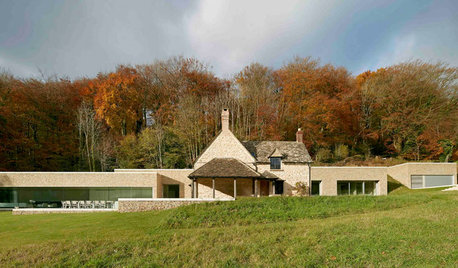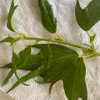Soil mix without chicken manure
chezron
11 years ago
Featured Answer
Comments (11)
hoovb zone 9 sunset 23
11 years agolast modified: 9 years agohoovb zone 9 sunset 23
11 years agolast modified: 9 years agoRelated Professionals
Windham Landscape Architects & Landscape Designers · Glassmanor Landscape Architects & Landscape Designers · Graham Landscape Architects & Landscape Designers · Arden-Arcade Landscape Contractors · Arlington Landscape Contractors · Centereach Landscape Contractors · Farmington Landscape Contractors · Placerville Landscape Contractors · Chatsworth Swimming Pool Builders · Dallas Window Contractors · Enumclaw Window Contractors · Vero Beach Window Contractors · Yeadon Window Contractors · Port Chester Window Contractors · Merriam Window Contractorschezron
11 years agolast modified: 9 years agoJulie_3201
11 years agolast modified: 9 years agochezron
11 years agolast modified: 9 years agozeuspaul
11 years agolast modified: 9 years agochezron
11 years agolast modified: 9 years agohoovb zone 9 sunset 23
11 years agolast modified: 9 years agochezron
11 years agolast modified: 9 years agoJXBrown (Sunset 24, N San Diego County)
11 years agolast modified: 9 years ago
Related Stories

GARDENING GUIDESThe Poop Scoop: Enrich Your Soil With Good Old Manure
Get over the ick factor already — this natural super-ingredient for soil has so many benefits, you'll wonder why you ever went chemical
Full Story
GARDENING GUIDESGardening Solutions for Heavy Clay Soils
What’s a gardener to do with soil that’s easily compacted and has poor drainage? Find out here
Full Story
FARM YOUR YARDHow to Get Good Soil for Your Edible Garden
The nutrients in your soil feed the plants that feed you. Here are tips on getting it right — just in time for planting season
Full Story
GARDENING GUIDESHow to Stop Worrying and Start Loving Clay Soil
Clay has many more benefits than you might imagine
Full Story
GARDENING GUIDESHouzz TV: Make a Worm Bin for Rich Soil and Happy Plants
A worm-powered compost bin that can fit under a sink turns food scraps into a powerful amendment for your garden. Here’s how to make one
Full Story
HEALTHY HOMEGet Cleaner Indoor Air Without Opening a Window
Mechanical ventilation can actually be better for your home than the natural kind. Find out the whys and hows here
Full Story
REMODELING GUIDESOld and New Make for a Jolly Good Mix in England
Give an 18th-century country cottage a contemporary addition, and what do you get? A surprisingly cohesive-looking home
Full Story
FARM YOUR YARDHouzz Call: Show Us Your One-of-a-Kind Chicken Coops
Do you have a fun or stylish backyard shelter for your feathered friends? Post your pictures and stories in the Comments!
Full Story
SPRING GARDENINGHow to Grow a Rose Garden in Pots
Everything can come up roses, even without a plot of soil in sight. This step-by-step guide to growing roses in containers shows you how
Full Story
GARDENING AND LANDSCAPINGBuild a Raised Bed to Elevate Your Garden
A bounty of homegrown vegetables is easier than you think with a DIY raised garden bed to house just the right mix of soils
Full Story






hoovb zone 9 sunset 23